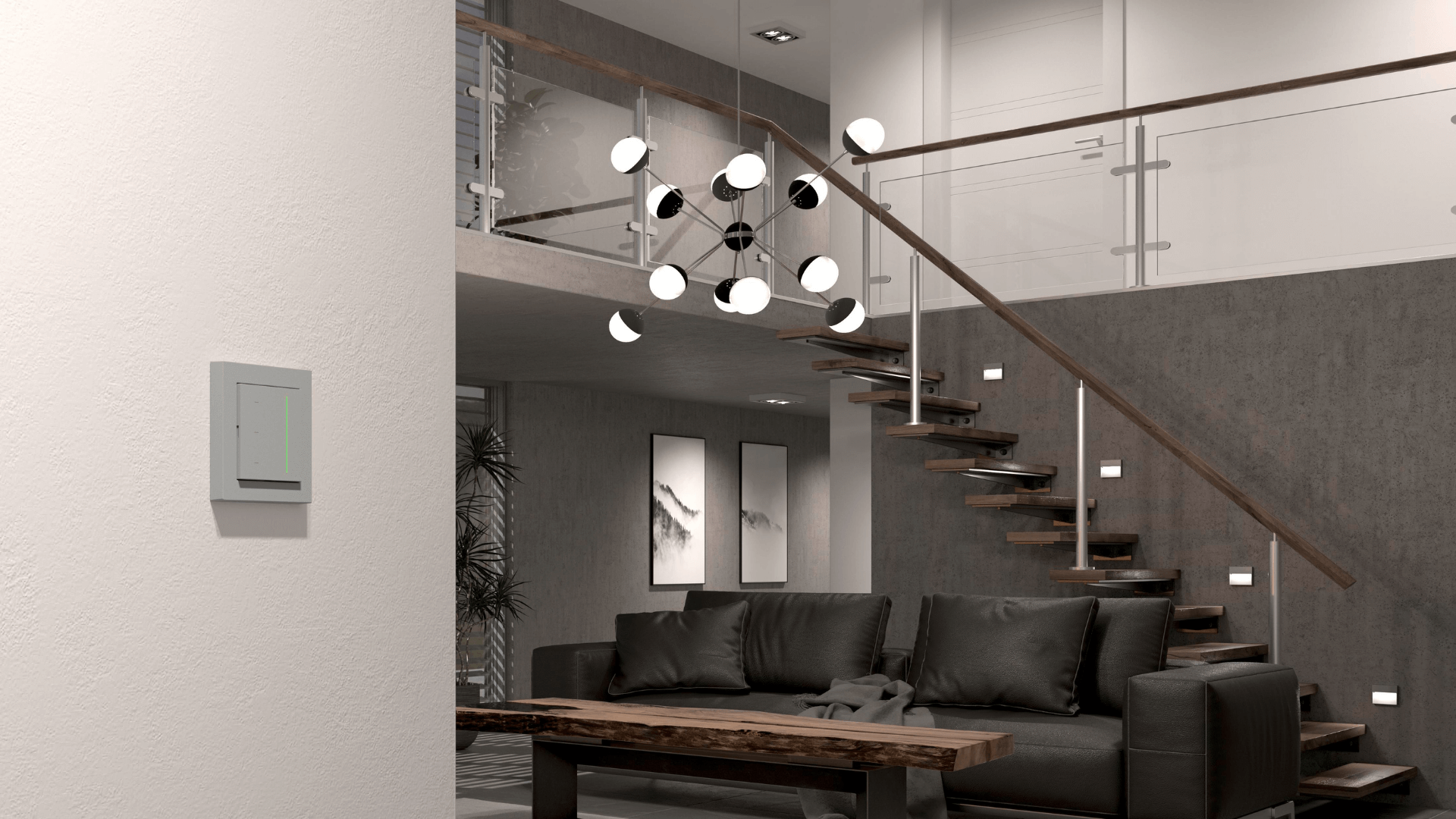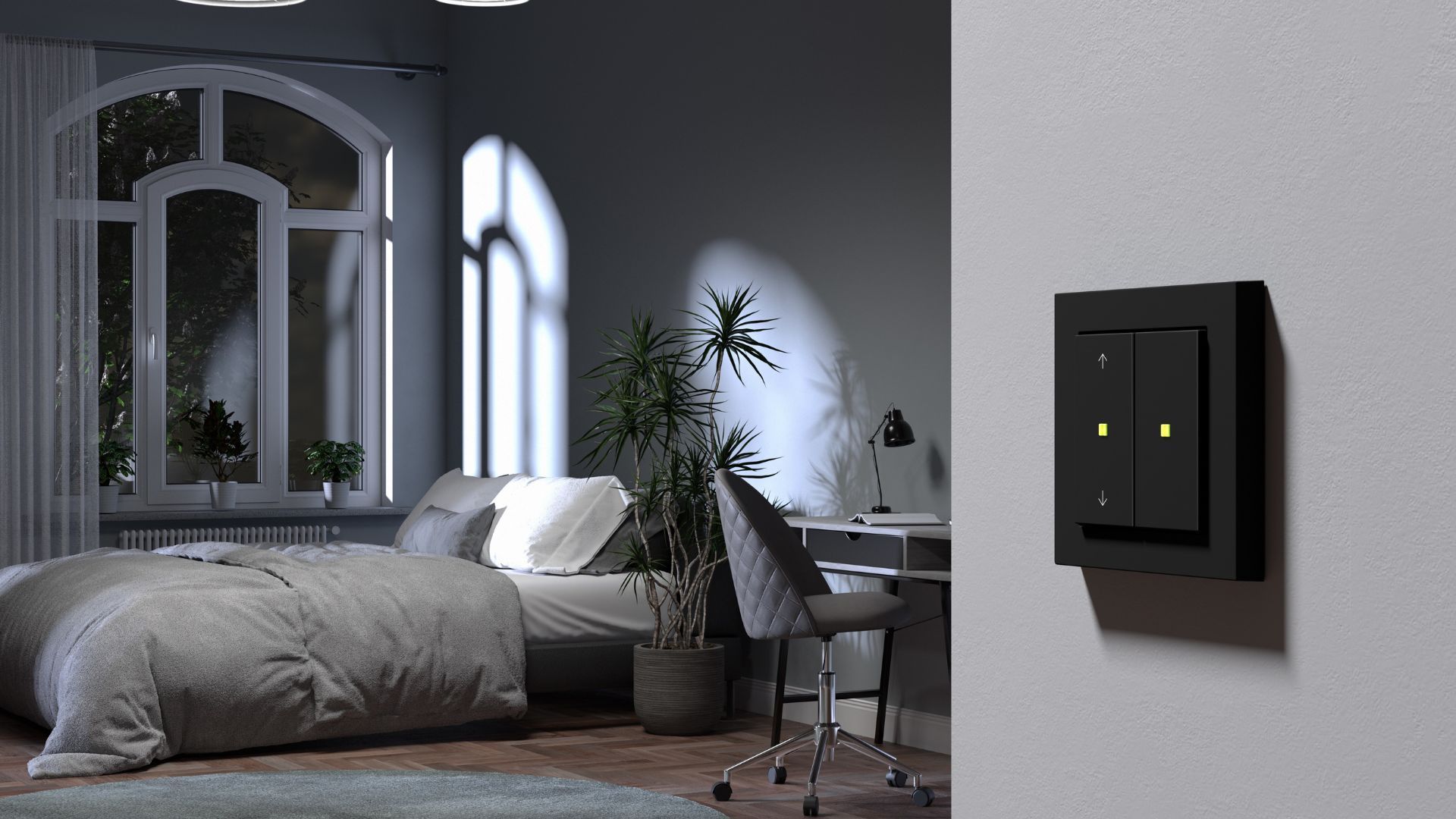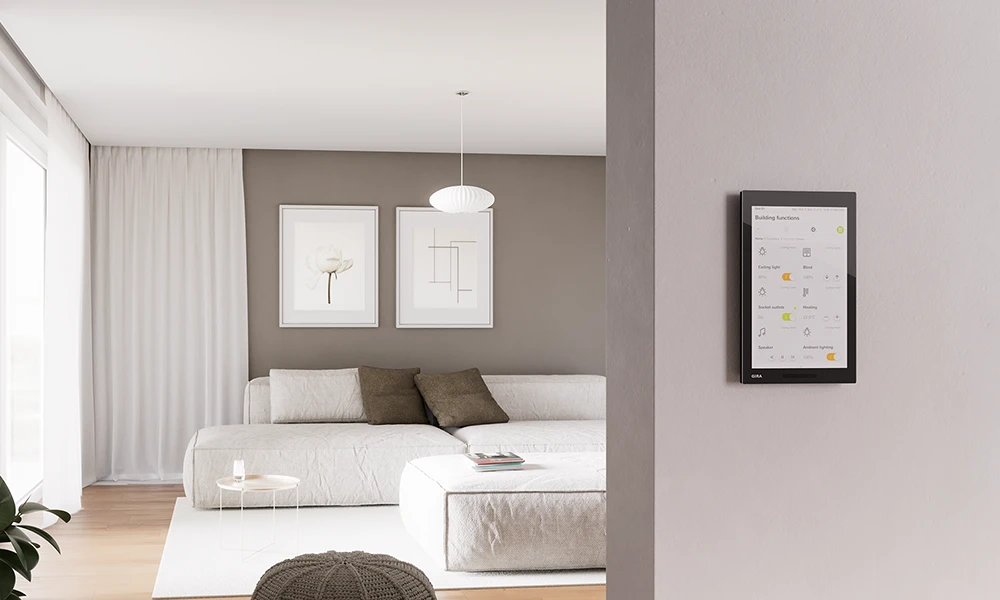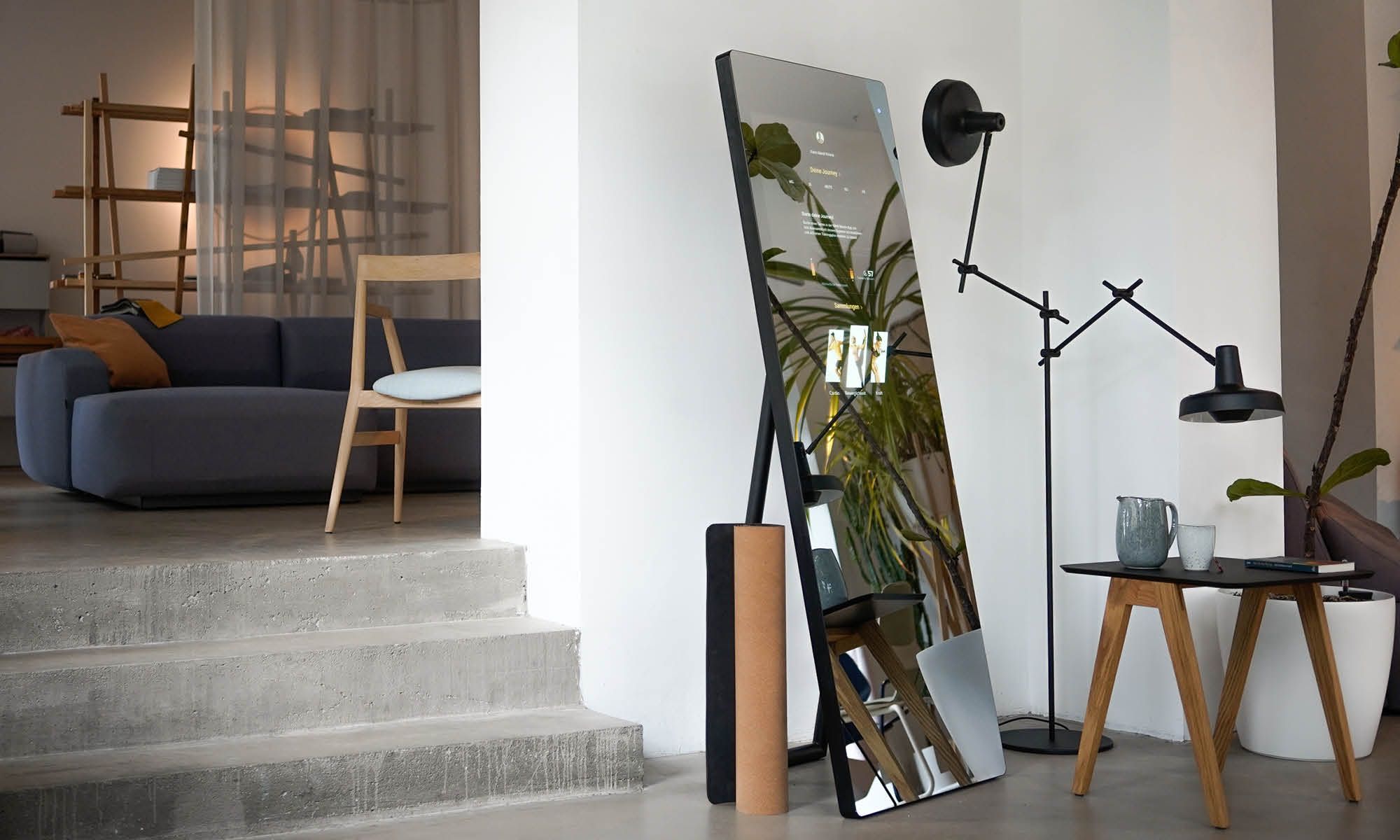
Since 2020, we’ve spent more time at home than ever before. No surprise then that we want to make this place as comfortable and entertaining as possible. This is where so-called “connected homes” come in: equipped with smart functions and devices, they are designed to improve daily life in every way.
Smart TVs, fitness trackers, voice assistants, 24/7 access to all kinds of media – for digital natives, features like these have long become an everyday commodity. As younger generations grow accustomed to rapid technological advancement, companies keep developing new solutions. The pandemic and its after effects made it even more apparent that we need reliable systems to stay in touch with the outside world anytime, anywhere. We present four trends that are about to redefine the idea of a “connected house”.
Trend #1: a home office that thinks for itself
Nowadays, less and less people have to leave their house to go work anymore. But the concept of “home office” sounds much easier in theory. Digital tools and services alone are not enough to maintain a high level of productivity. In addition, we must create a healthy work environment that keeps us focused and motivated throughut the day. Modern manufacturers have therefore come up with innovative ideas for connected home offices: clever chairs and desks reminding you to stand up, multifunctional charging stations for mobile devices, or smart lighting systems that adjust the brightness according to the time of day.
Trend #2: connected Smart Home concepts on the rise
A brief look at the current market shows that single, isolated applications are giving way to sustainable all-round solutions. Architects and builders consider the digital infrastructure and connectivity of living spaces early on in the planning phase. Lights, blinds, heating, entertainment systems, and safety electronics, along with smart tools and appliances, can be controlled via one central unit in connected homes.
It doesn’t even matter whether you want to build a new house, do renovation work, or just rent an apartment. Wireless systems such as Gira KNX RF communicate via radio transmitter – which means they can be retrofitted in both old and new buildings. Thanks to a synchronised interplay of all components, your Smart Home will do exactly what you need at any given time. Smart sensors, for example, react automatically to external factors such as ambient brightness, temperature, or humidity levels.
Trend #3: smart sports equipment for home workouts
Digital innovations have transformed the fitness industry as well: costly personal trainers are now replaced by interactive gadgets and apps. How about a smart exercise mat that guides you along via video on your smartphone? Or participating in virtual cycling races on an indoor bike? Connected homes offer many possibilities to stay fit – without even leaving your living room.
The smart mirror VAHA uses artificial intelligence to analyse your movement patterns and give personalised instructions during each exercise. Home trainers with VR (virtual reality) technology turn individual workout sessions into competitive (and fun!) group events. Either way, smart fitness rooms are a comfortable alternative whenever you don’t want to (or cannot) train at a conventional gym.

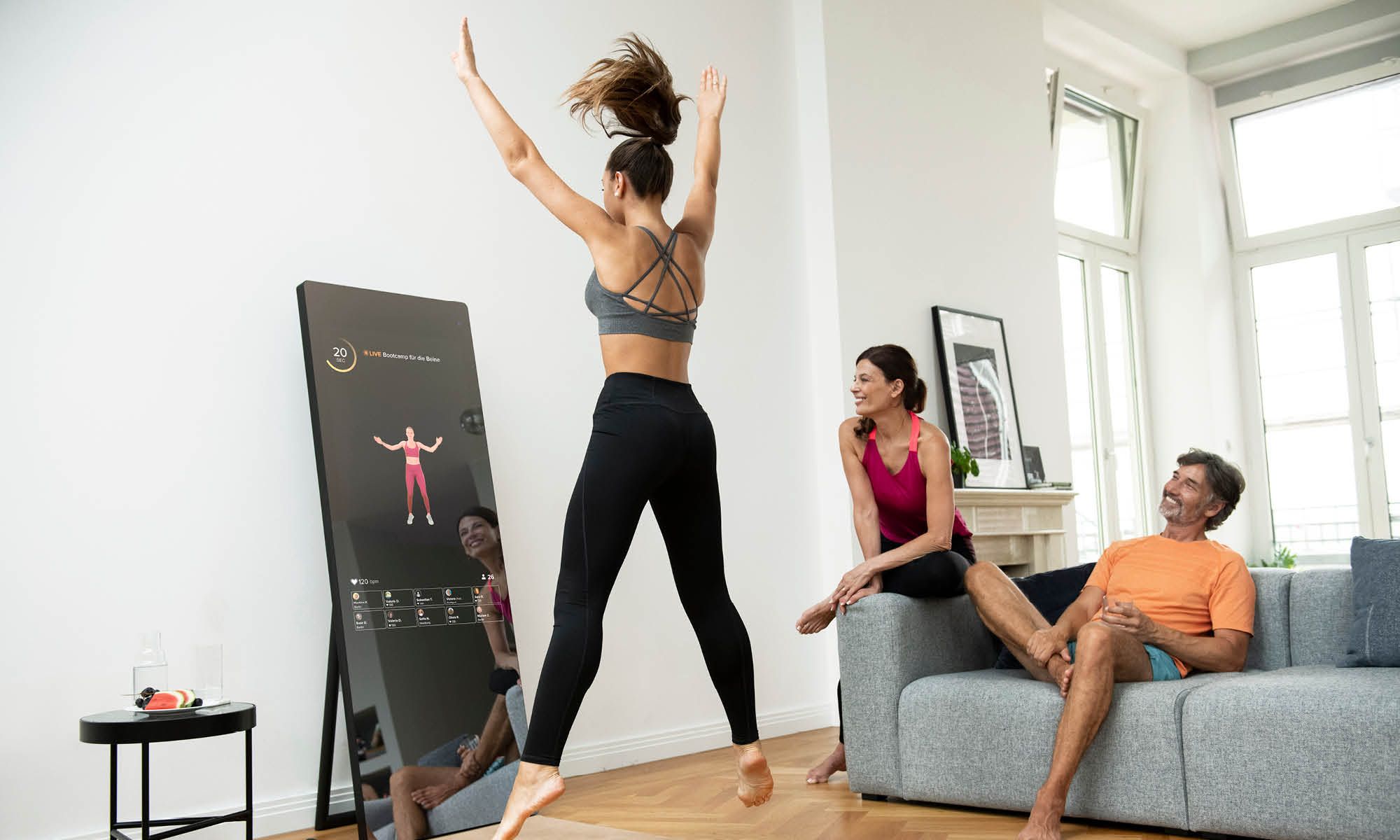
The smart reality of tomorrow: connected homes as the “new normal”
The past few months have given us a rather concrete idea of home life and work in the future. Many digital services and applications are already indispensable in today’s world – from Alexa light control via voice command to blinds that go up automatically at sunrise.
Smart technology will only become more omnipresent in years to come. Nowadays, setting up a connected house (or apartment) is much less complicated than it may seem.
Once you’ve installed your system, you can add all sorts of functions and devices whenever needed.
